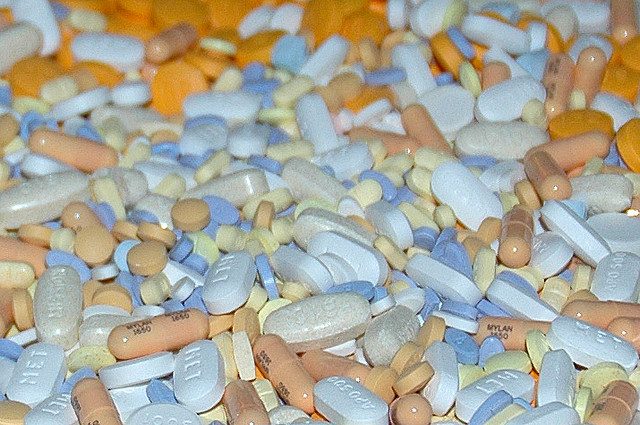This snippet is (kind of) a sequel to The Disconnection Approach.
Excellent news! The new drug that you (the pharmaceutical company) have painstakingly screened, synthesised, purified and tested in clinical trials has proven to be (more) effective (than placebo) in treating the desired disease, and has minimal side effects for patients. Bonus points if it has also been proven to be more effective than the current leading drug prescribed for the treatment of said disease. The next step in the process (process chemistry that is, ha ha) is to scale up your synthesis from milligrams to kilograms in order to mass-manufacture your product for patients around the globe. Wonderful! At least it would be if your process didn’t require large volumes of flammable solvents, chemicals that are known to be toxic or carcinogenic, or have issues with regards to atom efficiency and the formation of large amounts of waste. Many problems of this nature are faced when it comes to elevating complex, multi-step reactions.
The aim of the game is to make the manufacturing of your new drug as simple and as cheap as possible – if the production of your drug isn’t cost-effective, it is plausible that it will never reach the market. There are some relatively simple, cost-effective points to consider before beginning to manufacture a new drug. To begin with, the starting material you had in mind in the lab may not be the most viable option. Cheaper alternatives should always be sourced where possible. Secondly, the number of steps in the manufacturing process should be kept to an absolute minimum. Whilst it may take you three weeks in the lab to complete the six-step synthesis of your drug, scaling up the reaction could lead to a significantly longer production time. For instance, a synthesis which takes days or weeks in the laboratory may take months in the production plant for the same number of steps. As such, you may have to find other routes to the formation of your target drug, which could delay production and profit. If you find yourself in this scenario, it may be worthwhile to look into whether or not any of the reactions in the process can be catalysed in order to raise reaction rates. (A catalyst is a material which speeds up the rate of a reaction without actually reacting itself, and can be separated from the product for re-use at the end of the reaction.)
The safety of the process is also something that must be considered, whether that be for the engineers in the production plant or for the environment. A large-scale spillage of toxic chemicals would undoubtedly lead to an environmental disaster, and exothermic reactions (reactions which produce energy, often in the form of heat) can also cause problems.
Considering these factors (amongst numerous others not mentioned here), it is perhaps a little unsurprising that the whole process of drug discovery chemistry and getting your ‘miracle’ drug up the manufacturing mountain to market is no easy feat. In fact, it may even take another miracle to get it there.
Molehills to Mountains: The Problems of Scaling Up Chemistry by Debbie Nicol was edited by Ida Emilie Steinmark, Jessica Bownes, Matthew Hayhow and Sean Leavey.

